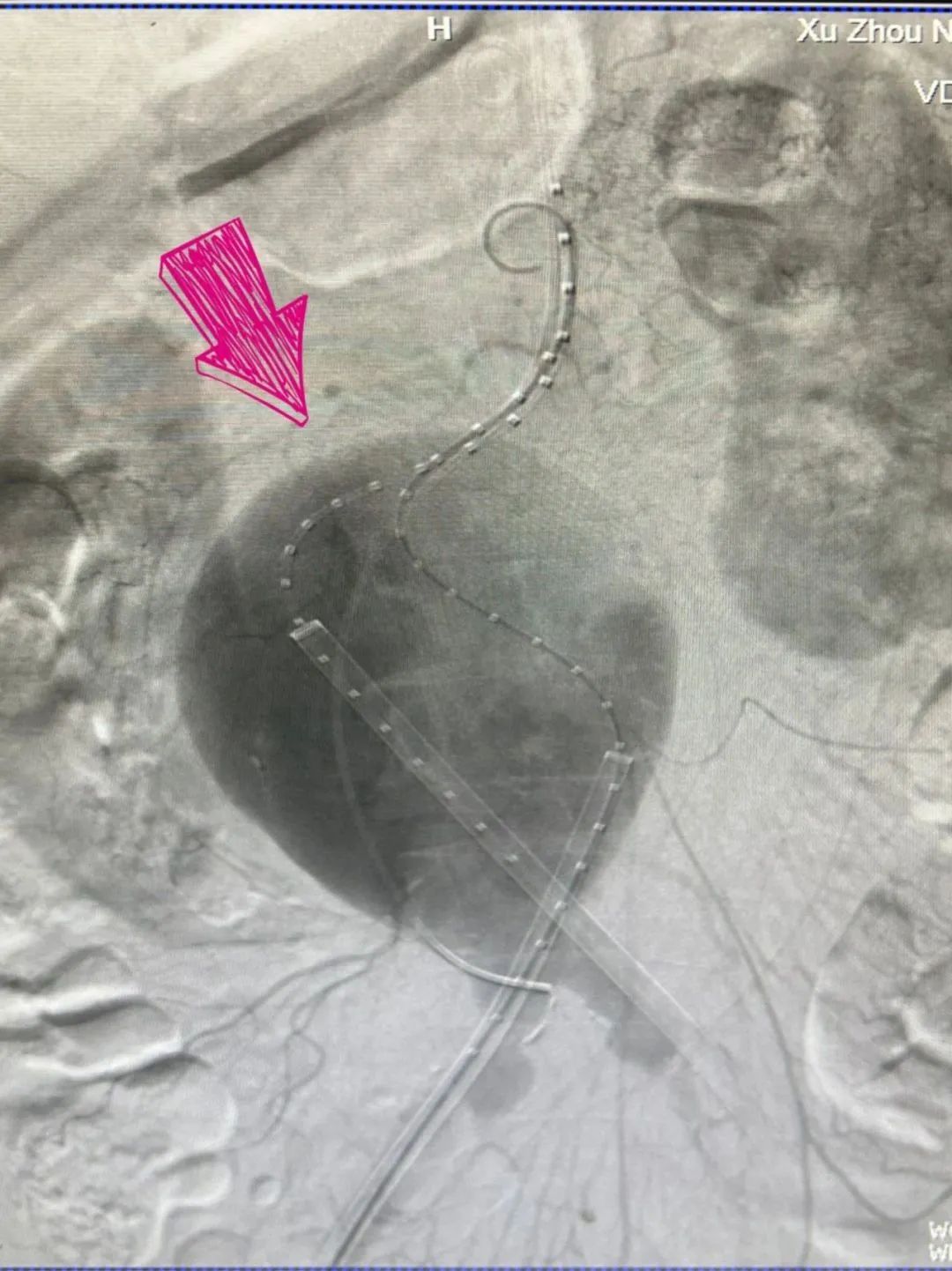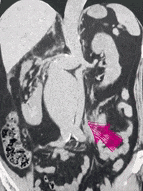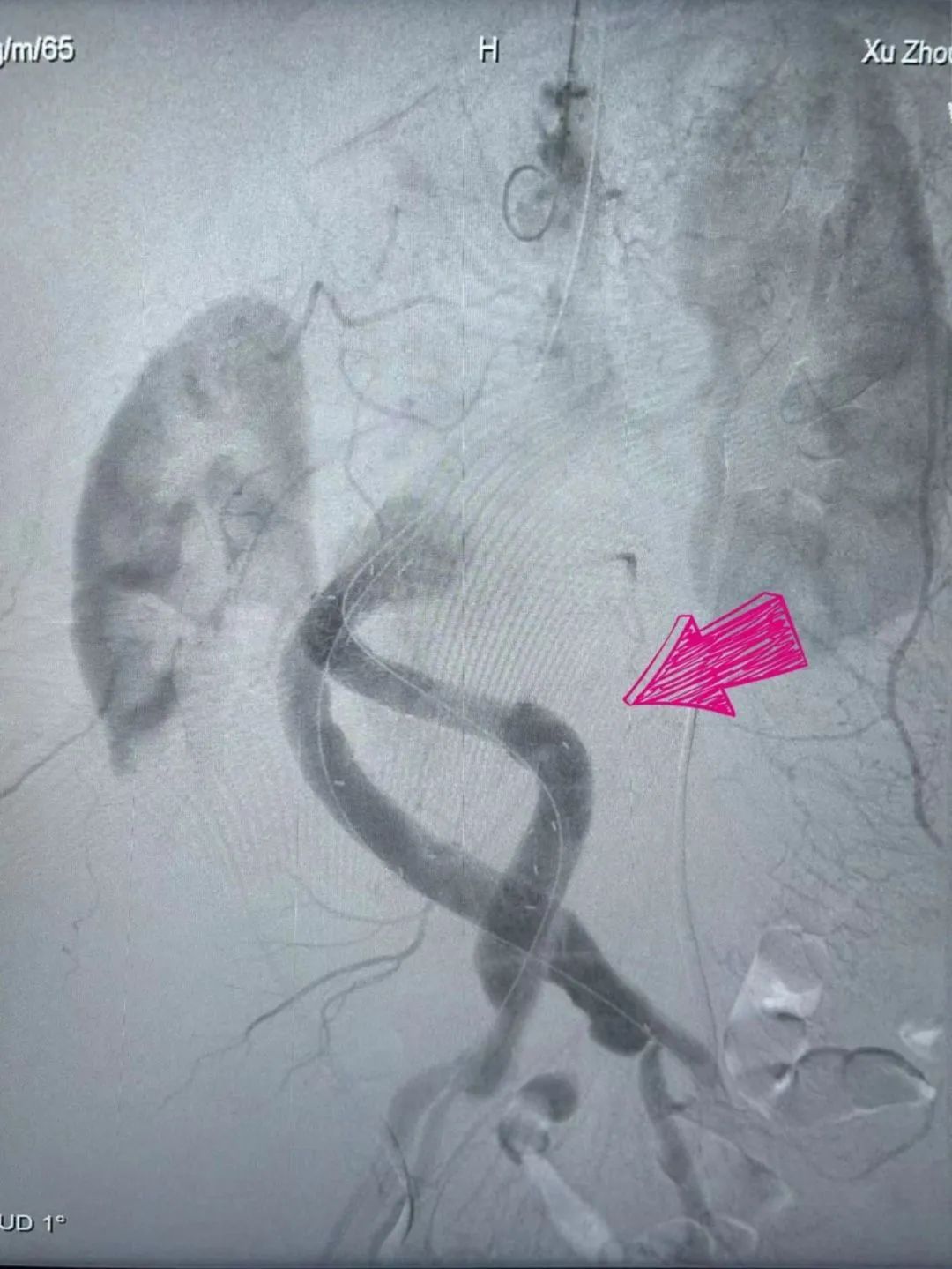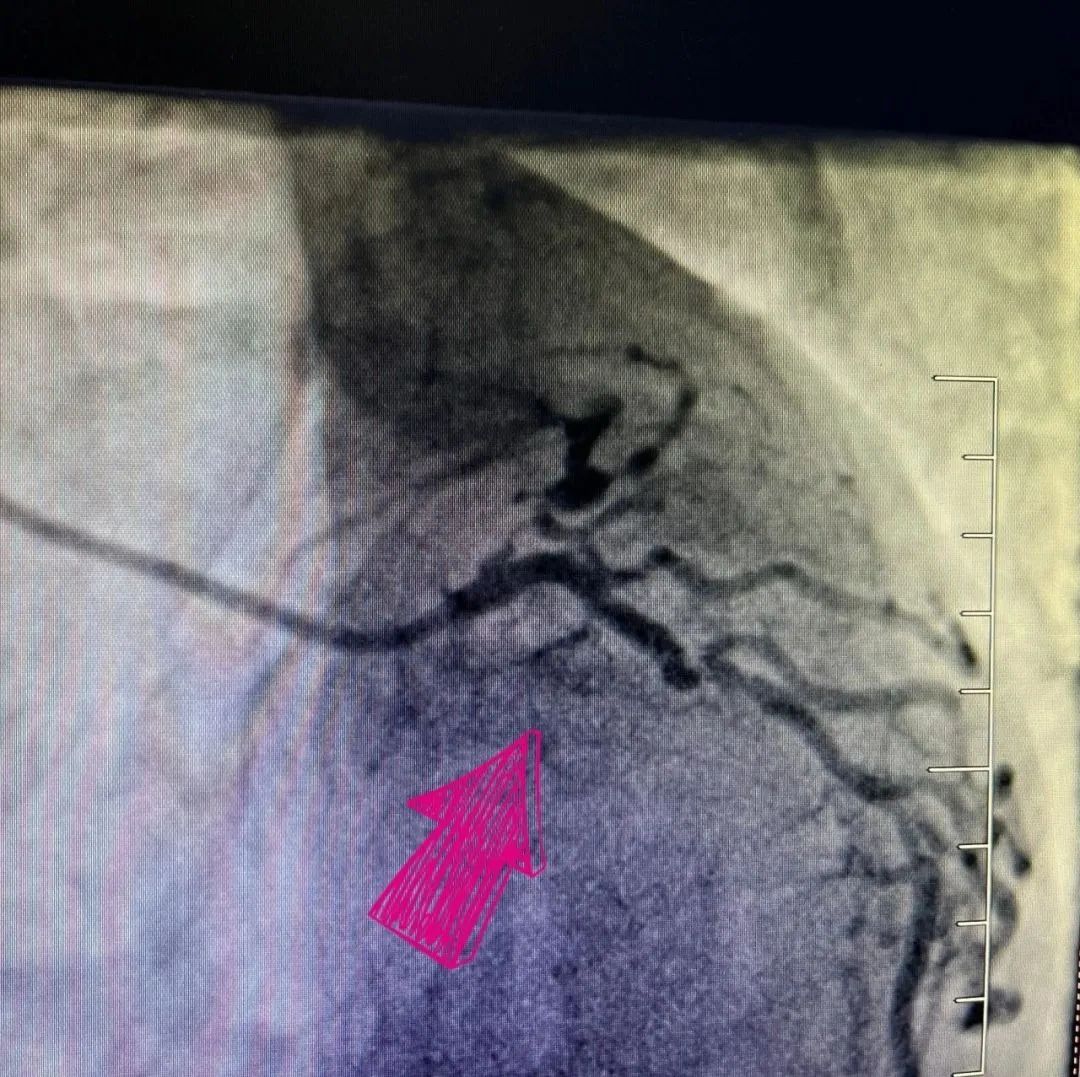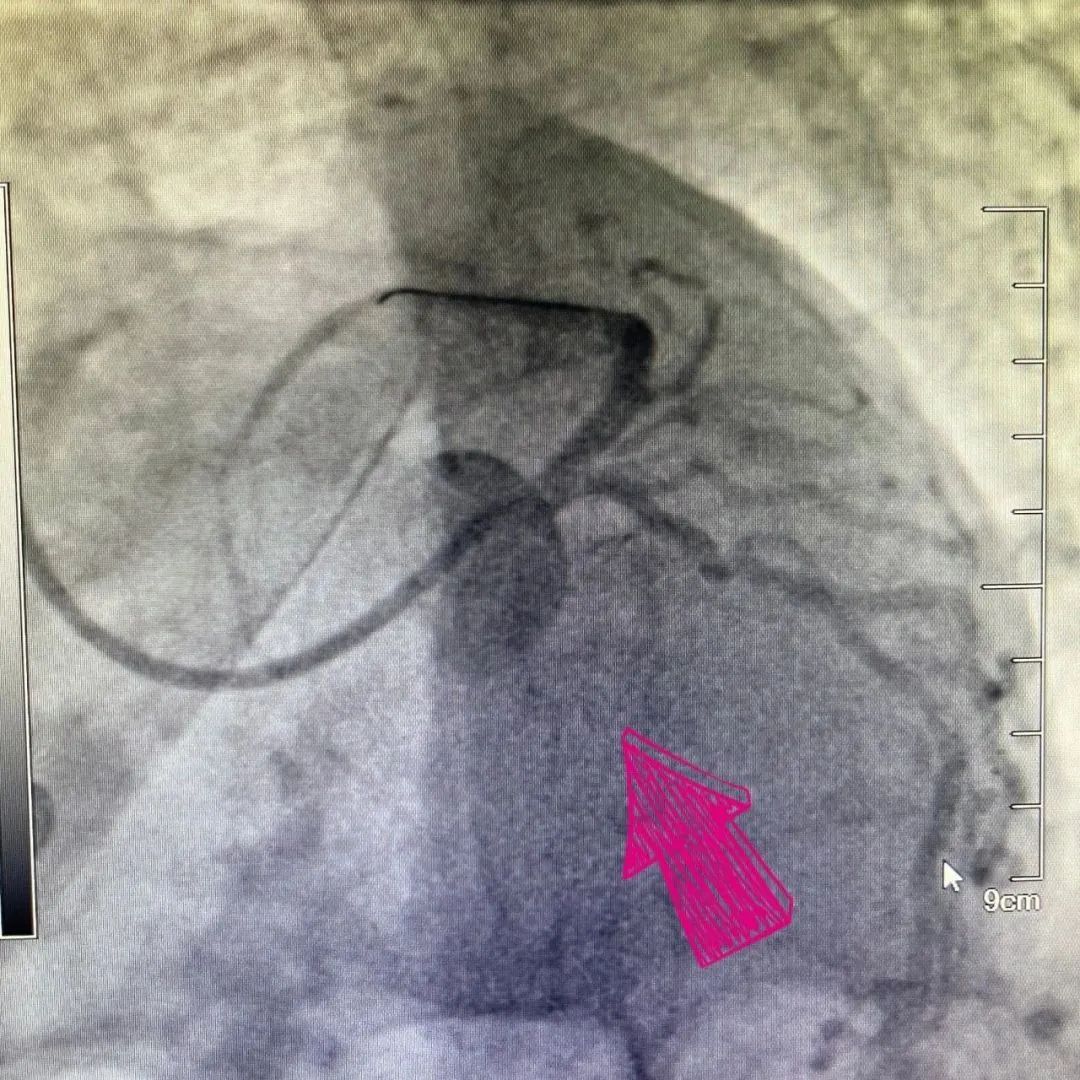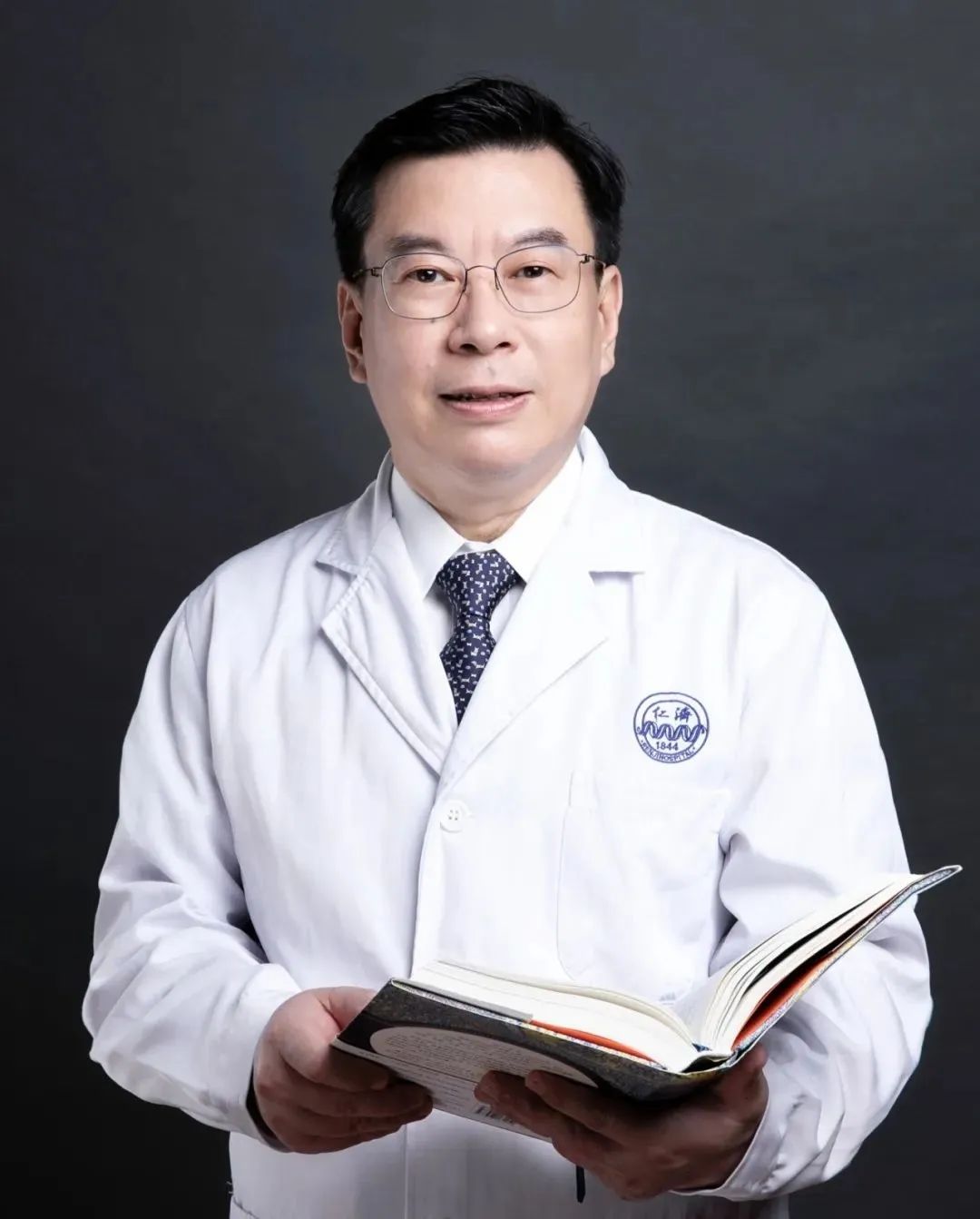Recently, the First People's Hospital of Xuzhou City, cardiac macrovascular surgery, emergency medicine, anesthesiology, catheterization, intensive care medicine, medical imaging and other multidisciplinary close cooperation, successfully treated a case of rupture due to a huge abdominal aortic aneurysm in danger of patients.
Balloon-like abdominal aortic aneurysm The aorta of the human body is like the main pipe of the city water supply, when the development of the wall is abnormal or atherosclerosis, arteritis and other diseases, the local elasticity decreases and becomes fragile. When the blood flow is constantly impacted, especially when hypertension is poorly controlled for a long period of time, pathological dilatation will occur at the weak point of the wall like blowing up a balloon. When the dilation diameter exceeds 6cm, the chance of rupture will increase significantly. Once “detonated”, the lethality rate is close to 100%. Therefore, aortic aneurysm is also known as the body's “time bomb”. Mr. Wang (a pseudonym), who is over 60 years old, has such a “bomb” buried in his stomach. Unbearable abdominal pain Sunday afternoon, Mr. Wang (a pseudonym) at home suddenly felt a sharp pain in the abdomen, unable to relieve, the family urgently dialed 120 to Xuzhou First Hospital. “It's that kind of pain like a knife cut-like, tear-like pain, simply intolerable.” Mr. Wang curled up on the bed with a pained expression, describing his symptoms as he endured the pain. Emergency medicine deputy chief physician Han Yan received immediately after the initial physical examination, combined with the patient's symptoms, suspected of aortic aneurysm rupture, immediately opened a green channel, bed brakes, oxygen, monitoring, the establishment of intravenous access, specimen collection, emergency check CT, contact cardiac macrovascular surgery emergency consultation ...... All the rescue measures were synchronized. Twisted giant abdominal aortic aneurysm shows signs of rupture The CT results made everyone suck in a breath of cold air. The abdominal aorta was twisted and reflexed at 90° at the level of the upper pole of the right kidney, and its distal end showed aneurysmal dilatation of more than 10cm, with fluid extravasation around the periphery, and the abdominal aortic aneurysm had already shown signs of rupture. “The patient's abdominal aorta was like a blown-open balloon, the wall had been stretched to its limit, the tension was extremely high, and signs of rupture had appeared, which could cause a fatal rupture at any time.” After the consultation, Wang Ruan, deputy chief physician of Cardiac Macrovascular Surgery, immediately admitted the patient to the hospital, notified the relevant departments to make preparations for joint resuscitation, and reported the patient's information quickly to the director of Cardiac Macrovascular Surgery of Xuzhou First Hospital and Professor Xue Song of Cardiovascular Surgery of Shanghai Renji Hospital. Specialist rescue missions in both directions “The patient's condition is complex and critical, absolute bed rest, blood pressure control, close monitoring, while doing the patient's communication and all the preparations, and arranging emergency surgery as soon as possible.” Professor Xue Song reviewed the patient's information in detail, decisively gave diagnosis and treatment advice, and quickly arranged for the team's minimally invasive interventionalists, Shanghai Renji Hospital cardiovascular surgery, deputy director of Professor Liu Jidong to go to Xu to reinforce the team. Prof. Shan Jianggui, Executive Director of Cardiac Macrovascular Surgery Department of Xuzhou First Hospital and Deputy Chief Physician of Cardiovascular Surgery Department of Shanghai Renji Hospital, who was resting at home, rushed back to Xuzhou by high-speed train immediately upon hearing the news. While the train was speeding on the high-speed train, Prof. Xue Song's expert team carried out online consultation around the patient's condition in full swing, and the surgical plan was constantly improved with the update of various examination results. It is the team's common goal to do their best to save the patient and minimize the risk. As time passed by, all preparations were completed one after another, personnel were in place, equipment was in place, and the high-speed train arrived in time. The online consultation of the expert team also reached a consensus to take minimally invasive interventional abdominal aortic coated stent endoluminal isolation as the first plan, while a detailed alternative plan for open surgery was formulated to cope with the emergency treatment in case of sudden rupture. Everything was ready and the surgery officially started. Defusing a bomb is like walking on thin ice. The process of “defusing” the bomb was more complicated than expected, and the surgery was extremely difficult. “The operation has three difficulties. First, the aneurysm is huge and twisted, the risk of stent leakage is high; second, the aneurysm wall is thin, there are signs of rupture and bleeding before the operation, and any touch on the wall during the operation may cause fatal rupture; third, the neck of the aneurysm is short, and the stent anchoring area is limited. A high position would block the opening of the renal artery and affect the renal blood supply, while a low position would not cover the entire diseased abdominal aortic segment. In order to avoid all the risks, the whole procedure can be described as walking on thin ice.” Executive Director Shan Jianggui admits the difficulty of the surgery. Successful implantation of abdominal aortic coated stent “Timed bomb” successfully dismantled The operation was carried out in a tense and orderly manner. As an expert in various types of transcatheter minimally invasive interventions in cardiac macrovascular surgery, Liu Jidong, with his rich clinical experience, cooperated with Shan Jianggui and Wang Ruan in a tacit understanding to puncture, insert the guidewire, introduce the main body of aorto-iliac bifurcation-type large-vessel laminating stent and the delivery system, and release it, introduce the iliac branch to be overlaid on the main body and release it on the left and right side of the common iliac arteries, and dilate the balloon. ...... Every operation is precise and smooth, every maneuver is skillful, and every step is seamless. When the postoperative imaging showed that the stent was in good position, covering the tumor satisfactorily, with no obvious internal leakage, everyone's hanging heart was finally put down - the “timed demolition bomb” was successfully removed. Mr. Wang was able to overcome this hurdle. Preoperative: Postoperative: Xue Song Director of Cardiovascular Surgery, Renji Hospital, Shanghai Jiao Tong University School of Medicine, Shanghai, China Chief Physician, Doctoral Supervisor National Member of Chinese Medical Association, Thoracic and Cardiovascular Surgery Branch Director of the Cardiac Macrovascular Surgery Society of Shanghai Medical Association Standing Committee Member of the Cardiovascular Surgery Branch of the Chinese Physicians Association Vice Chairman of Shanghai Physicians Association Cardiovascular Surgery Branch Vice Chairman, Minimally Invasive Cardiovascular Surgery Branch, National Cardiovascular Disease Center Expert Committee Standing member of the Vascular Surgery Specialized Committee of the Expert Committee of the National Center for Cardiovascular Disease Member, International Society for Minimally Invasive Cardiothoracic Surgery Member of the Asia-Pacific Society for Thoracic Surgery Executive Director, Surgery Branch, Chinese Society of Ethnomedicine Standing Committee Member and Deputy Secretary General, Society of Cardiovascular Surgical Technology and Engineering, China Pharmaceutical and Biotechnology Association. Vice Chairman, Cardiac Regeneration Group, Division of Tissue Repair and Regeneration, Chinese Medical Association. Vice Chairman, Cardiovascular Surgery Group, Taiwan-Hainan Medical Development Committee, Cross-Strait Medical and Health Exchange Association Standing member of Asian Association of Heart Valve Disease (AAHVD) China Chapter, Academic Committee of Heart Valve Disease Interventional Technique Awarded the 2nd Shanghai “Top Ten Doctors”. Awarded the title of “Shanghai Craftsman” in 2022 He has extensive experience in the field of coronary heart disease, large vessel disease, heart valve disease, congenital heart disease and surgical treatment of cardiac arrhythmia. He specializes in non-stop coronary artery bypass graft surgery, aortic coarctation and aortic aneurysm surgery, minimally invasive heart valve surgery with thoracoscopic assistance, complex congenital heart disease surgery and transcatheter aortic valve replacement. In the Shanghai area, we are the first to successfully carry out “minimally invasive small-incision multi-vessel coronary artery bypass grafting”, “four-valve heart valve replacement + giant ventricular septal defect repair”, “triple bifurcation stenting of the aortic arch for the treatment of aortic coarctation “”Double valve replacement under acupuncture anesthesia” ‘Non-stop coronary artery bypass grafting under acupuncture anesthesia’ as well as a variety of minimally invasive small incision cardiovascular surgery and other new technologies. In China, he was the first to carry out interventional therapy for various cardiovascular diseases. He was awarded the Second Prize of Shanghai Medical Science and Technology in 2021. He is the editorial board member of Chinese Journal of Thoracic and Cardiovascular Surgery, Innovations, Chinese Journal of Experimental Surgery, Chinese Journal of Surgical Abstracts, International Journal of Cardiovascular Disease, Chinese Journal of Cardiovascular Disease, etc. He is also the expert of peer review for the Chinese Journal of Medical Sciences, and has published more than 100 papers in domestic and foreign core journals, with more than 70 papers indexed in the SCI; he is also the author of the planned textbook “Surgery” by the Higher Education Press. He is the deputy editor of the planning textbook “Surgery” of the Higher Education Press, and participated in the writing of the monographs “Lan Xijun Cardiovascular Surgery”, “Cardiovascular Anesthesiology”, “Adult Cardiac Surgery”, and so on. He has undertaken a number of national, provincial and ministerial level projects, including the National Natural Science Foundation of China, the sub-projects of the National 973 Project, the National Science and Technology Support Program, the key projects of Shanghai Municipal Science and Technology Commission, the key projects of Shanghai Municipal Bureau of Health, Pudong New Area, and the international cooperation projects. His main research interests include basic and clinical research on coronary heart disease and aortic coarctation. He has been awarded the China Medical Science and Technology Award, Shanghai Science and Technology Progress Award, Shanghai Medical Science and Technology Award and other awards.